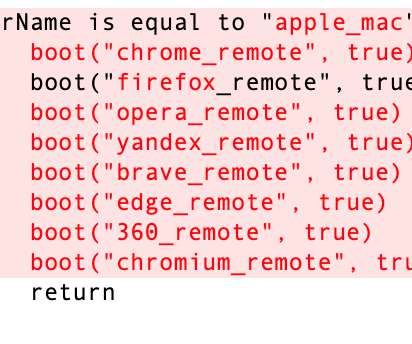Zero Trust Network Architecture vs Zero Trust: What Is the Difference?
Joseph Steinberg
JANUARY 4, 2023
But, even those who have a decent grasp on the meaning of Zero Trust seem to frequently confuse the term with Zero Trust Network Architecture (ZTNA). Because the attacker may be listening to the data moving across the network, all traffic must be encrypted. In short, Zero Trust is an approach. This post is sponsored by Perimeter 81.


















































Let's personalize your content